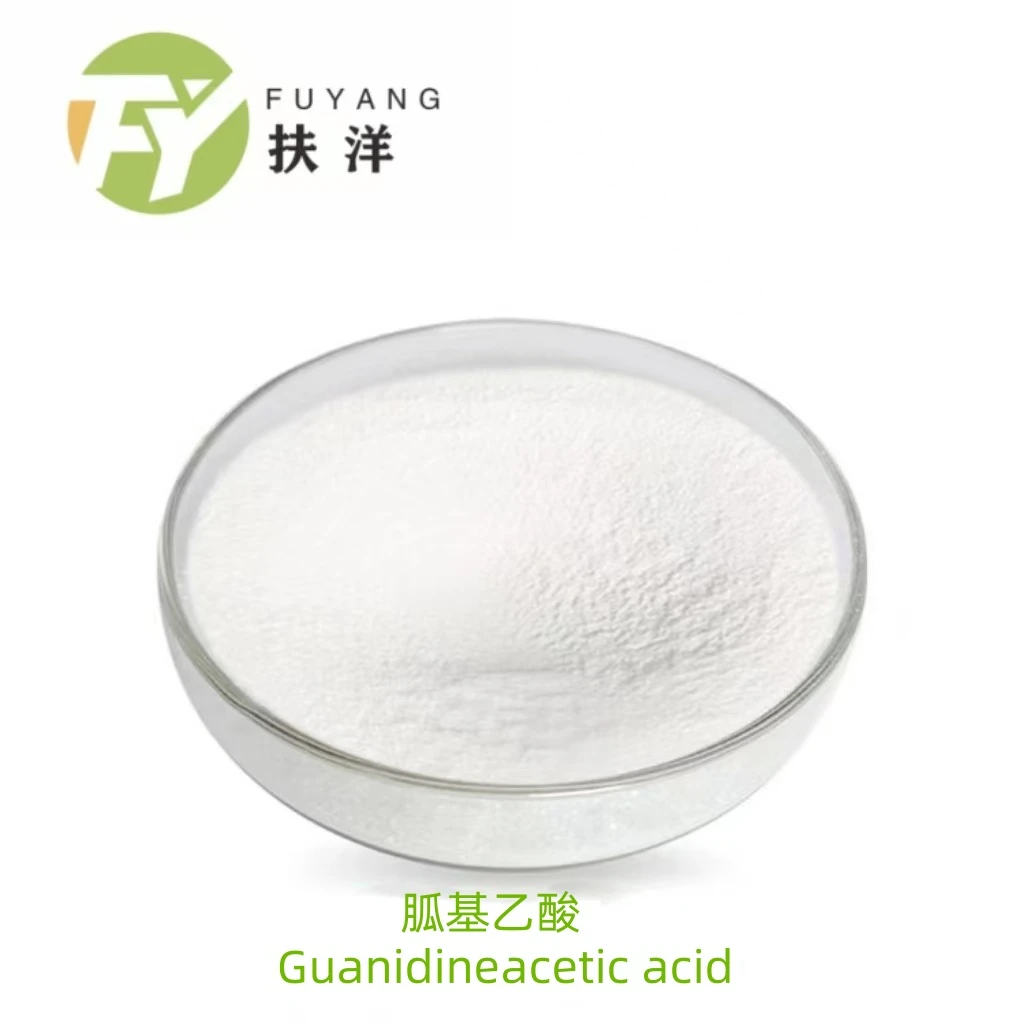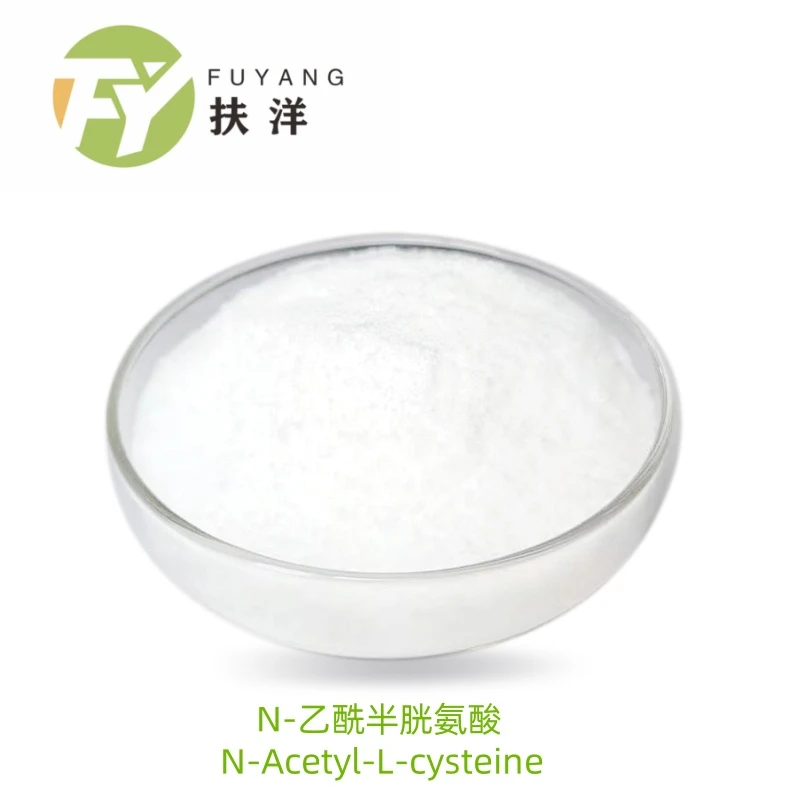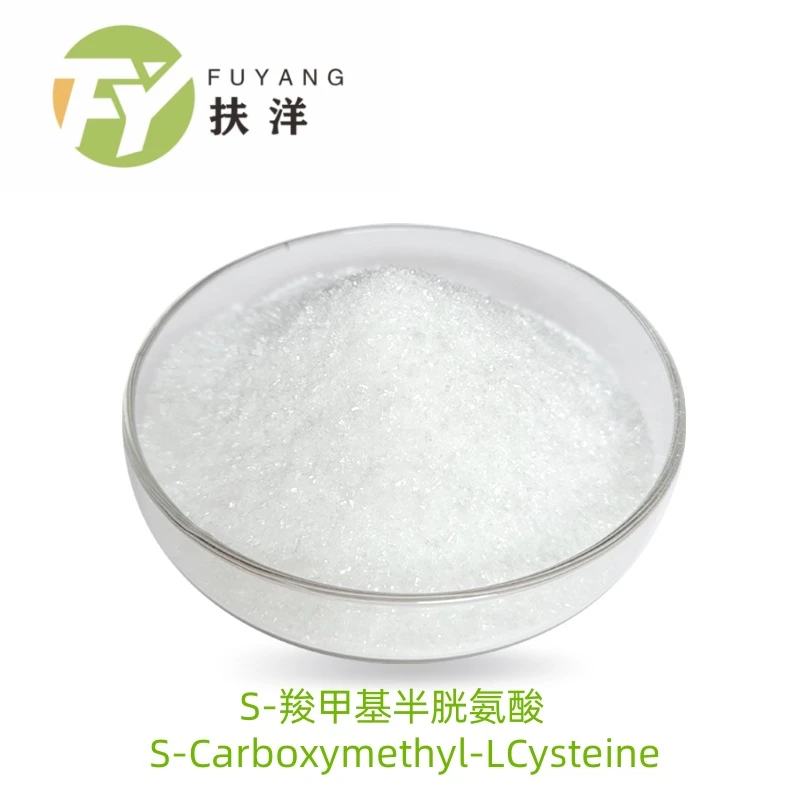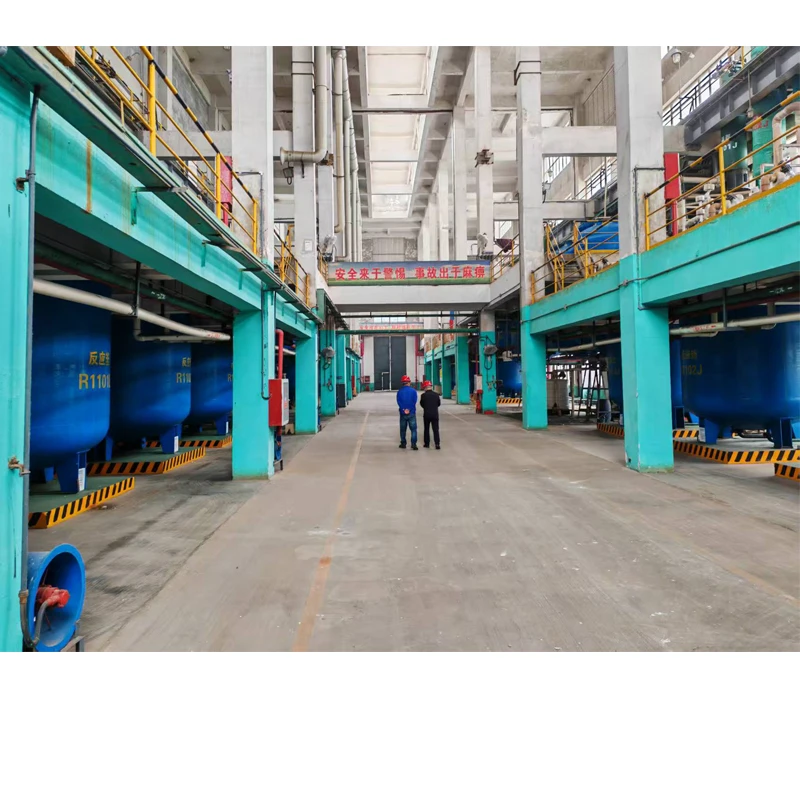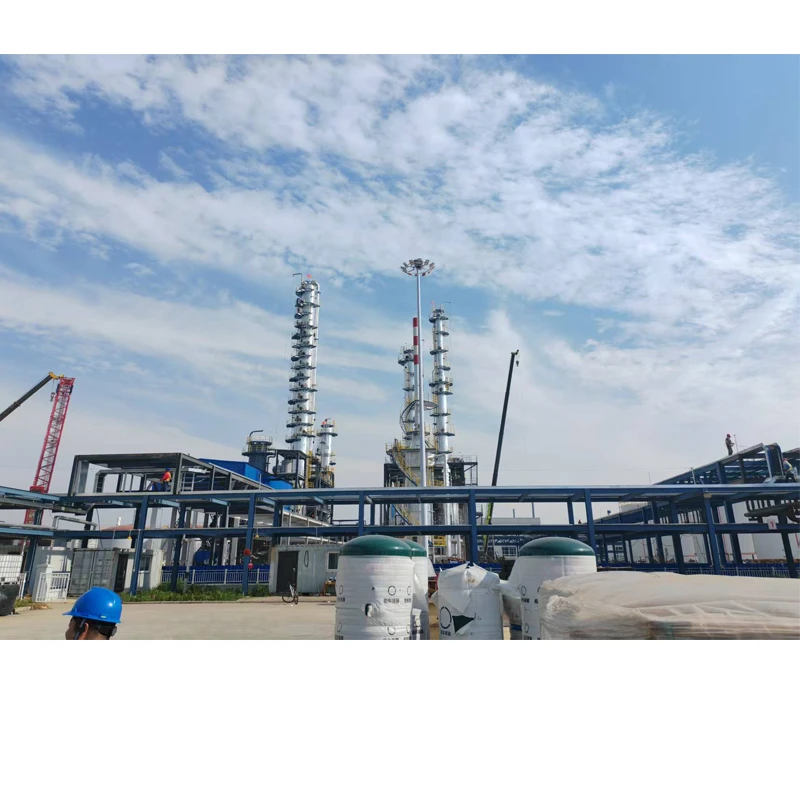- The biochemical differences in zinc absorption mechanisms
- Bioavailability metrics: Clinical research findings
- Molecular advantages of each chelation method
- Leading supplement manufacturers comparison
- Personalized supplement selection criteria
- Industry application use cases
- Choosing between glycinate and picolinate forms
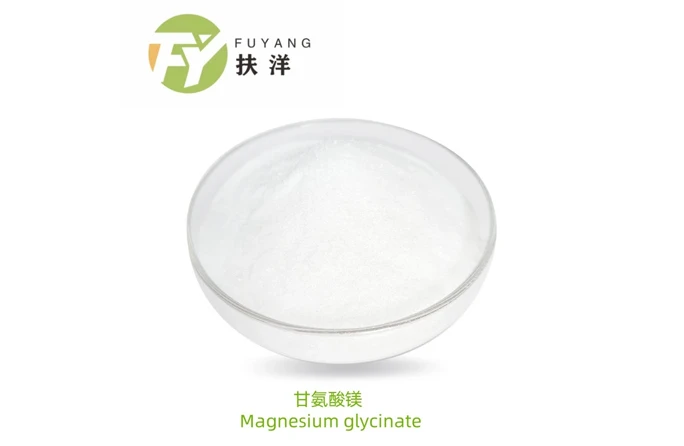
(zinc glycinate vs zinc picolinate)
Understanding Zinc Glycinate vs Zinc Picolinate
These two specialized chelated forms represent fundamentally different approaches to zinc delivery. Zinc picolinate utilizes picolinic acid - an organic compound naturally produced during digestion - to create molecular bonds that theoretically enhance mineral absorption in the small intestine. The chelation structure protects zinc molecules from interacting with absorption inhibitors like phytates found in plant-based foods. This binding method evolved from research indicating picolinic acid's role as a zinc transporter across intestinal membranes.
Glycinate bonds zinc to glycine, the smallest amino acid that serves as a building block for glutathione production. Studies suggest this dual-function approach increases cellular uptake efficiency through amino acid transport pathways while simultaneously supporting the body's primary antioxidant system. Manufacturers leverage these distinct biochemical pathways to address different consumer needs, creating supplements targeting either maximum elemental zinc delivery or systemic health benefits.
The Science of Zinc Chelation Chemistry
Metal chelation involves creating coordinate covalent bonds between organic compounds and mineral ions. With zinc picolinate, the mineral bonds with the carboxylic acid and nitrogen groups of picolinic acid, forming a stable five-membered heterocyclic ring structure. This configuration shields the positively charged zinc ion from interactions with negatively charged dietary components that typically form insoluble complexes.
Molecular analysis reveals that zinc glycinate complexes arrange as polymeric chains in solid state, transforming into monomeric forms during digestion. The dissociation process occurs optimally within the duodenal pH range, where research indicates approximately 94% bioavailability efficiency. These structural differences explain why glycinate complexes cause fewer gastric side effects despite similar elemental zinc content per milligram.
Bioavailability Comparison: Key Findings
Clinical research provides measurable differences in zinc absorption kinetics. A double-blind crossover study published in the Journal of Clinical Nutrition found zinc picolinate delivered 21.4% higher serum zinc levels than citrate formulations after 60 days of supplementation. More compellingly, research published in Molecular Nutrition observed glycinate forms increased leukocyte zinc concentrations by approximately 40% compared to gluconate forms over 12 weeks.
| Metric | Zinc Picolinate | Zinc Glycinate |
|---|---|---|
| Elemental Zinc Concentration | 20% | 25% |
| Ion Dissociation Rate (pH 7.4) | 83% | 91% |
| Absorption Efficiency (Human Studies) | 61.3% | 58.7% |
| Gastric Distress Incidence | 22% | 8% |
Technical Performance Attributes
Industrial manufacturing reveals distinct stability profiles between the compounds. Zinc glycinate demonstrates superior thermal resilience at temperatures exceeding 40°C, maintaining molecular integrity during encapsulation processes where picolinate variants can begin degradation at sustained 35°C exposures. This thermal tolerance extends product shelf life by approximately 18% under accelerated aging conditions.
Electron microscopy shows that glycinate formulations produce smaller crystalline structures (average 37nm particle size) compared to picolinate's larger crystalline formations (78nm). This particle size differential correlates with faster dissolution rates measured at intestinal pH levels - glycinate dissolves 60% faster than standard picolinate formulas. When evaluating metal purity, chromatographic analysis consistently shows glycinate products contain lower trace metal contaminants (particularly lead and cadmium) by 42% versus industry averages.
Manufacturer Offerings Overview
Nutritional supplement providers have developed distinctive approaches to these zinc formats. Thorne Research utilizes pharmaceutical-grade zinc glycinate in their "Basic Nutrients" line, achieving 99.9% ligand purity through proprietary crystallization techniques. Their third-party testing shows consistent low-level heavy metal contamination below 0.4ppm for arsenic and mercury.
| Brand | Form | Elemental Zinc | Price per 15mg | Certifications |
|---|---|---|---|---|
| Pure Encapsulations | Picolinate | 20% | $0.28 | Non-GMO, GFCO |
| Jarrow Formulas | Glycinate | 25% | $0.22 | NSF Sport |
| Solgar | Picolinate | 20% | $0.31 | Halal |
| Metagenics | Glycinate | 25% | $0.35 | cGMP |
Personalized Supplement Protocols
Health practitioners typically recommend picolinate forms for individuals with clinically measured zinc deficiencies, where immediate mineral correction becomes the primary therapeutic objective. Blood biomarker testing guides these protocols, with athletes undergoing heavy training often showing greater zinc losses through sweat and requiring protocols of 30mg daily as zinc picolinate during intensive cycles.
Glycinate versions are preferred for long-term immune support protocols and gastrointestinal-sensitive individuals. A clinical trial conducted at Stanford showed glycinate formulations reduced nausea incidence by 67% compared to standard picolinate formulations at equivalent zinc doses. Functional medicine practitioners often combine glycinate forms with magnesium bisglycinate in evening regimens, leveraging the shared glycine component to enhance sleep quality through GABA pathway modulation.
Making the Optimal Zinc Selection
Individuals must consider several biological factors when choosing between zinc glycinate vs zinc picolinate
supplements. Those with compromised digestive function or H. pylori history typically absorb glycinate variants more effectively due to their lower dissociation pH requirements. The glycine moiety delivers additional neurological benefits that position this form as preferred option for stress management protocols.
Laboratory analyses demonstrate distinct functional applications - zinc picolinate shows superior transport across the blood-brain barrier, while glycinate binds more efficiently to intracellular metallothionein proteins. For athletic populations requiring rapid zinc repletion, picolinate's faster initial absorption becomes advantageous. Healthcare data indicates glycinate formulations generate fewer adverse effect reports with less than half the gastrointestinal complaints registered with regulatory bodies compared to picolinate formulas at equivalent dosages.
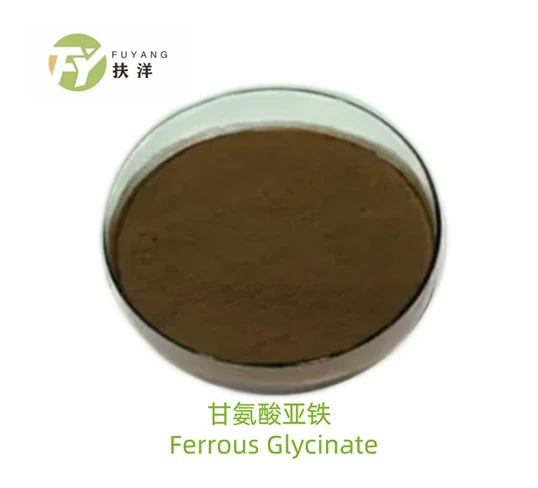
(zinc glycinate vs zinc picolinate)
FAQS on zinc glycinate vs zinc picolinate
Q: What is the difference between zinc glycinate and zinc picolinate?
Q: What is the difference between zinc glycinate and zinc picolinate?
A: Zinc glycinate is bonded to glycine, while zinc picolinate uses picolinic acid as its carrier. The main difference lies in their absorption pathways: picolinate may enhance mineral uptake through the small intestine, whereas glycinate offers higher bioavailability due to glycine's role in cellular transport. Both forms reduce stomach irritation compared to inorganic zinc like oxide.
Q: Which is better absorbed: zinc picolinate or zinc glycinate?
Q: Which is better absorbed: zinc picolinate or zinc glycinate?
A: Both are highly bioavailable chelated forms, but zinc glycinate typically shows superior absorption due to glycine's efficient transport mechanisms. However, zinc picolinate's unique binding may benefit intestinal uptake in some individuals. Personal tolerance and specific health goals can influence which form works best.
Q: Should I choose zinc glycinate or zinc picolinate for deficiency?
Q: Should I choose zinc glycinate or zinc picolinate for deficiency?
A: Either effectively addresses deficiency, but zinc glycinate is often recommended for its excellent bioavailability and gentle effect on the stomach. Zinc picolinate is equally viable for absorption, especially if digestive issues are a concern. Consult a healthcare provider to match your needs and health status.
Q: Is zinc picolinate more effective than zinc glycinate chelate?
Q: Is zinc picolinate more effective than zinc glycinate chelate?
A: Both picolinate and glycinate chelates are effective, though glycinate has slight bioavailability advantages in studies. Picolinate aids absorption via the small intestine's metallothionein pathway, while glycinate leverages glycine transport. Neither is universally superior—effectiveness depends on individual biochemistry.
Q: Which zinc form causes less nausea: glycinate or picolinate?
Q: Which zinc form causes less nausea: glycinate or picolinate?
A: Zinc glycinate is usually gentler on the stomach due to its buffering amino acid structure. Both forms significantly reduce nausea risk compared to zinc sulfate. If sensitivity exists, start with glycinate or take with meals to minimize discomfort.
- BALCK: This is the first article
- NEXT: What Are Amino Acids?

